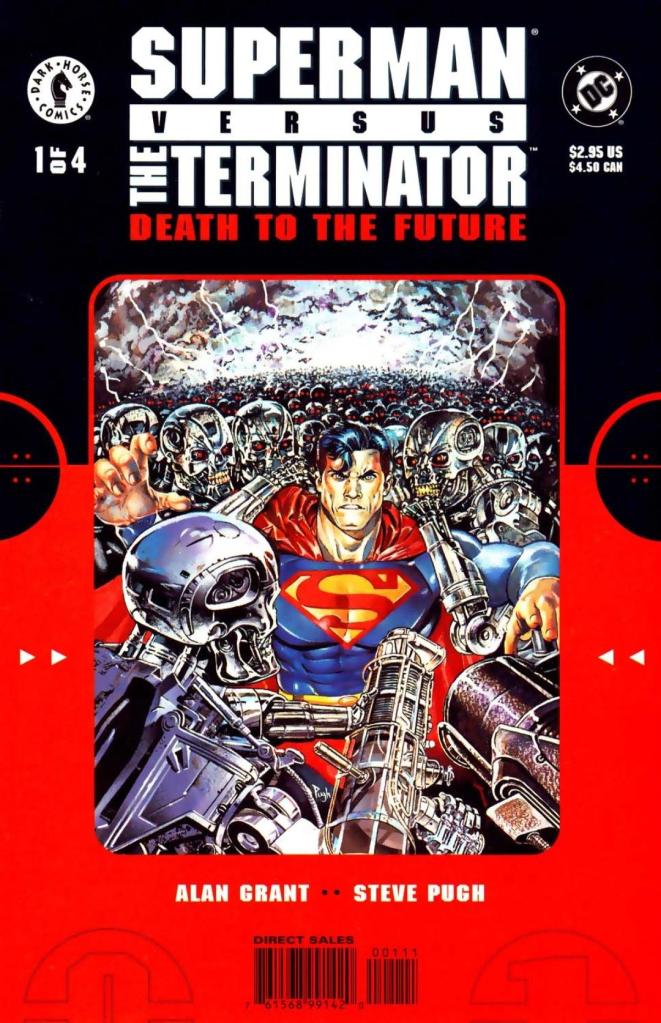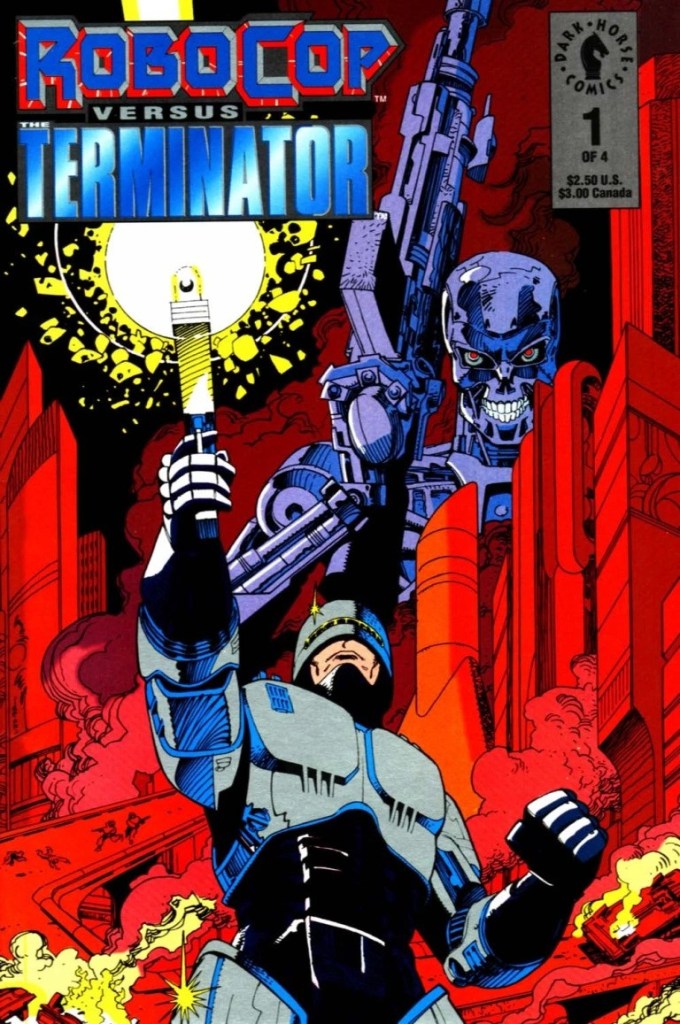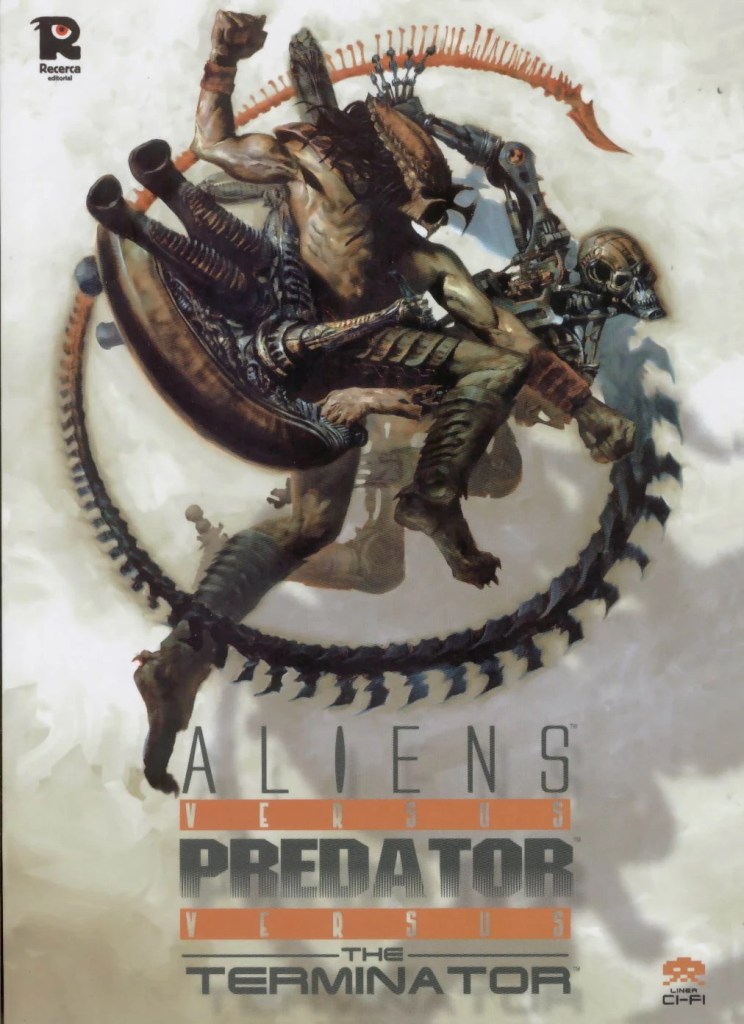The Terminator franchise has entertained audiences since the first film exploded into cinemas in 1984. The series blends hard-hitting action, groundbreaking special effects, and ruminations on such concepts as man vs. machine and fate vs. free will. While fans generally regard the first two installments as classics in the sci-fi and action genres, there’s a reason why studios continue to make sequels, prequels, spinoffs, and reboots – like the T-800, the series just won’t stop. Just ask franchise creator James Cameron, who teased fans last year about a secret Terminator project. And considering the enduring popularity of the unstoppable series, there’s no doubt that it will continue long after Cameron is long gone.
Videos by ComicBook.com
However, while most fans of the Terminator are aware of the movies, TV shows, and video games, they may have overlooked multiple instances in which the infamous T-800 stomped into other unrelated comic book franchises. While some of these crossovers are pretty obvious, others are quite surprising, all of which feature their own unique tones and themes. Some of them worked better than others, but all of them are packed with imagination and ingenuity. Let’s take a look at three Terminator crossovers you completely forgot about.
Superman versus The Terminator: Death to the Future

In the then-present year 1999, Sarah Connor and her son John have been on the run from T-800s sent from the future by Skynet to assassinate the young boy. While on their travels, the mother and son end up in Metropolis, where an attacking T-800 catches the attention of a nearby Superman, who handily destroys the machine. However, when Skynet tries to retrieve the damaged Terminator, they accidentally suck Superman into a time portal into the dystopian future of 2032, wherein Superman teams up with an aged John and Steel in their resistance movement.
Written by Alan Grant of Judge Dredd-fame (who knows a thing or two about writing post-apocalyptic futures), this miniseries did a fairly nice job fleshing out the relationships between Superman and the Terminator characters. However, it struggled a bit when balancing the optimistic tone of Superman and the bleak atmosphere of the Terminator franchise.
[RELATED: New Terminator Game Leaks Ahead of Reveal]
RoboCop vs. The Terminator

In the future, Skynet’s Terminators have largely wiped out humanity. However, a survivor named Florence “Flo” Langer is determined to give her people one last chance and soon discovers that the cybernetic technology that was used to create RoboCop in the past is what allowed Synet’s machines to gain sentience and ultimately take over the world. Flo travels back in time to Detroit on a mission to destroy RoboCop and prevent his tech from leading to the creation of Skynet’s Terminators. However, when the RoboCop of the past discovers how his own technology will be used in the future, he takes a stand against Skynet.
This four-issue miniseries published by Dark Horse featured an amazing team consisting of writer Frank Miller and artist Walter Simonson. While the series may have been a bit short on character work, Miller deftly blends the cinematic worlds of Terminator and RoboCop, capably exploring the deeper theme of man vs. machine.
Aliens versus Predator versus The Terminator

Call and a human/alien clone of Ellen Ripley (both characters from Alien: Resurrection) discover that Skynet has been secretly developing a means to combine the biology of xenomorphs with the technology of their Terminators as part of a plan to create an unstoppable army. Luckily, the Predators are on the hunt for this new breed of cybernetic xenomorphs, and form an alliance of sorts with Ripley and Call to eliminate them.
This series boasts an amazing premise that nimbly combines the three beloved sci-fi/horror/action franchises, and features plenty of gripping showdowns between its principal players. But the series struggles with an overstuffed plot and too many characters, which dilutes the impact of the story overall. Still, it’s worth a read for hardcore fans of these films, offering plenty of references to the cinematic source material.








